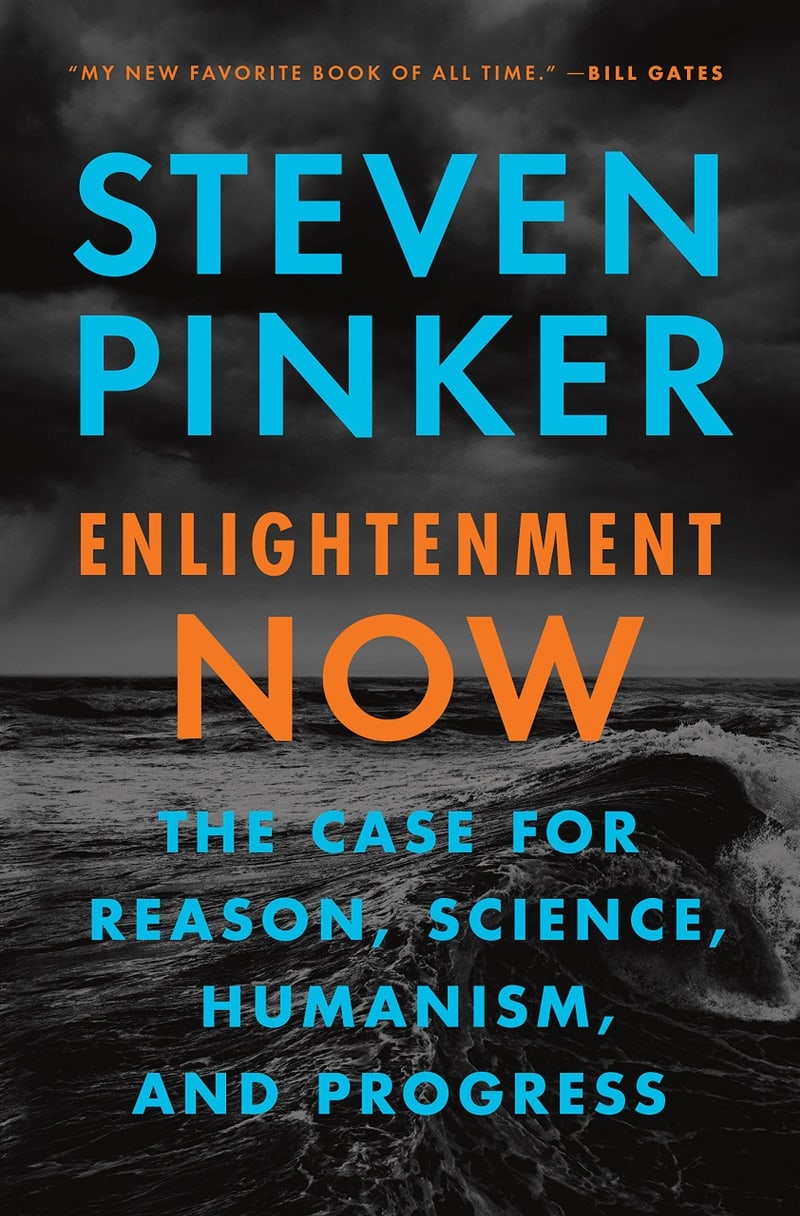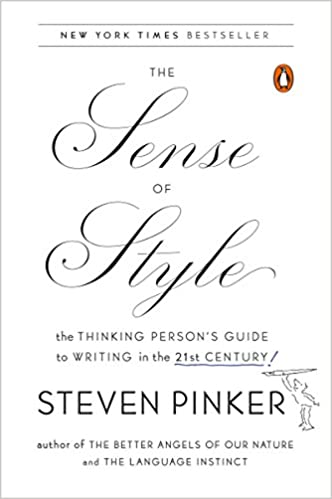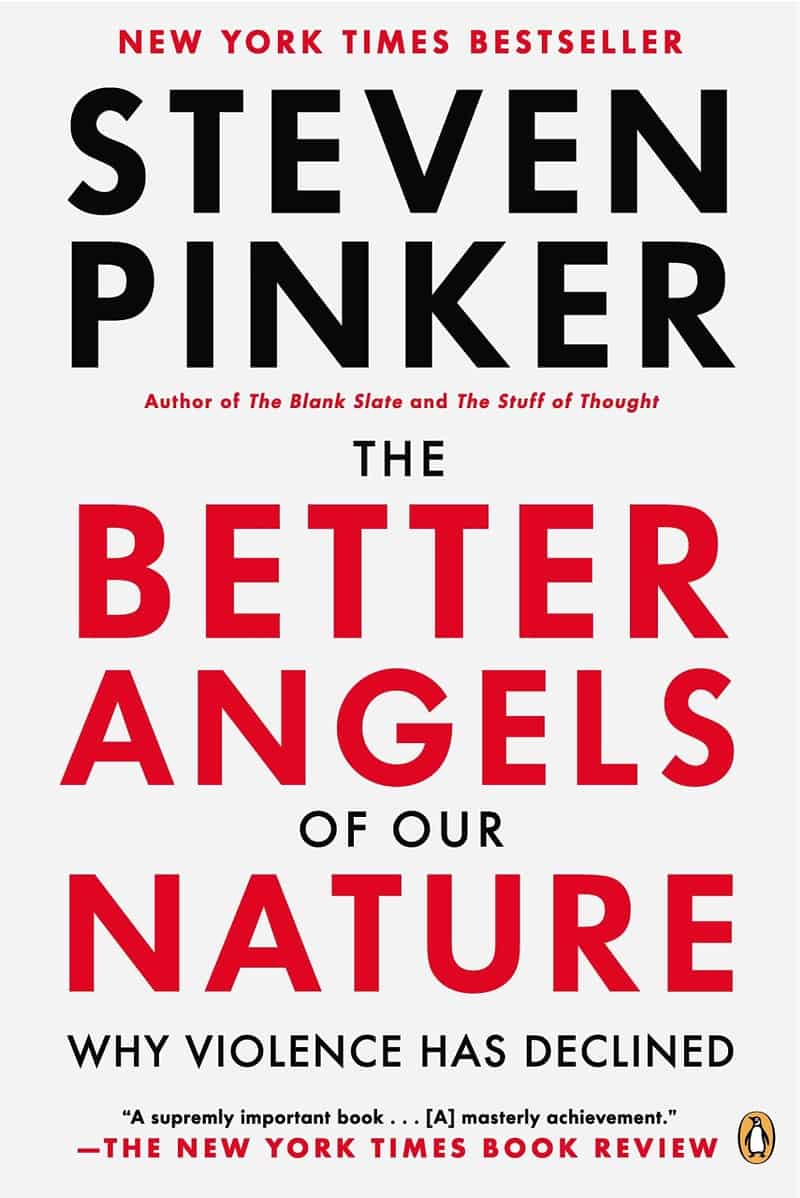How do speakers predict the syntax of a verb from its meaning? Traditional theories posit that syntactically relevant information about semantic arguments consists of a list of thematic roles like "agent", "theme", and "goal", which are linked onto a hierarchy of grammatical positions like subject, object and oblique object. For verbs involving motion, the entity caused to move is defined as the "theme" or "patient" and linked to the object. However, this fails for many common verbs, as in fill water into the glass and cover a sheet onto the bed. In more recent theories verbs’ meanings are multidimensional structures in which the motions, changes, and other events can be represented in separate but connected substructures; linking rules are sensitive to the position of an argument in a particular configuration. The verb’s object would be linked not to the moving entity but to the argument specified as "affected" or caused to change as the main event in the verb’s meaning. The change can either be one of location, resulting from motion in a particular manner, or of state, resulting from accommodating or reacting to a substance. For example, pour specifies how a substance moves (downward in a stream), so its substance argument is the object (pour the water/glass); fill specifies how a container changes (from not full to full), so its stationary container argument is the object (fill the glass/water). The newer theory was tested in three experiments. Children aged 3;4-9;4 and adults were taught made-up verbs, presented in a neutral syntactic context (this is mooping), referring to a transfer of items to a surface or container. Subjects were tested on their willingness to encode the moving items or the surface as the verb’s object. For verbs where the items moved in a particular manner (e.g., zig-zagging), people were more likely to express the moving items as the object; for verbs where the surface changed state (e.g., shape, color, or fullness), people were more likely to express the surface as the object. This confirms that speakers are not confined to labeling moving entities as "themes" or "patients" and linking them to the grammatical object; when a stationary entity undergoes a state change as the result of a motion, it can be represented as the main affected argument and thereby linked to the grammatical object instead.



